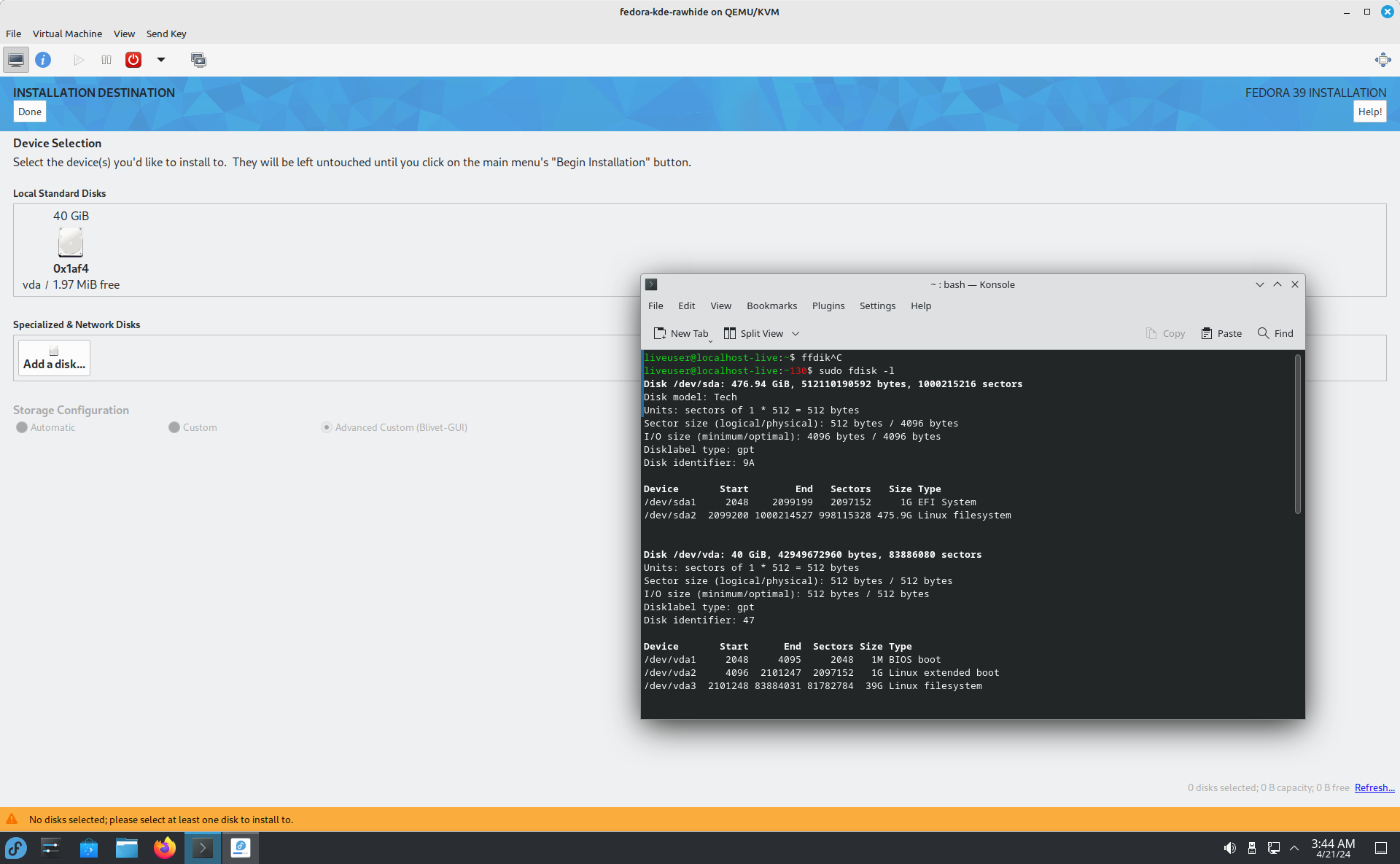

Jeder der nicht exakt der gleichen Meinung ist sofort ein Atomtroll?
Ich würde den Atomausstieg nicht auf ein Einziges Jahr beziehen, sondern auf einen Prozess der gut 20 Jahre gedauert hat. Wikipedia scheint das ähnlich zu sehen:
In Deutschland begann der Atomausstieg unter der ersten rot-grünen Bundesregierung (Kabinett Schröder I) mit der „Vereinbarung zwischen der Bundesregierung und den Energieversorgungsunternehmen vom 14. Juni 2000“. 2002 wurde der Vertrag („Atomkonsens“) durch Novellierung des Atomgesetzes rechtlich abgesichert.[120] In der Folge wurden am 14. November 2003 das Kernkraftwerk Stade (640 MW)[121] und am 11. Mai 2005 das Kernkraftwerk Obrigheim (340 MW)[122] endgültig abgeschaltet.






Ja, ein Teil des Problems ist wohl, dass es deutlich einfacher ist, die Gefahren der Atomkraft zu vermitteln als das bei den CO2 Emissionen oder der Kohleverbrennung ist.